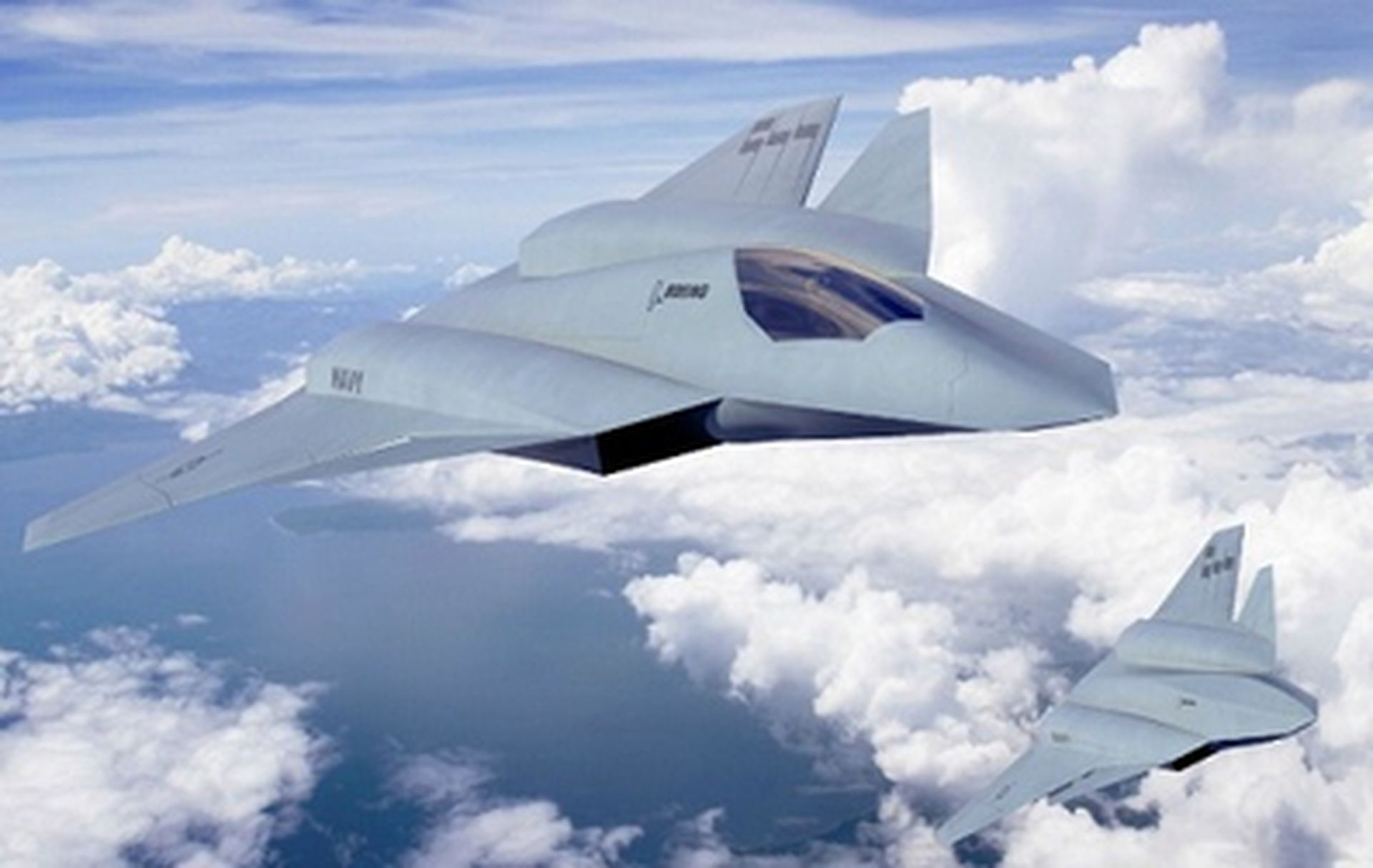In a surprising turn of events, Congress is cutting funding for the F/A-XX fighter jet program, a project that was anticipated to be a cornerstone in the United States' military aviation strategy. As budget discussions unfold, the implications of this decision are far-reaching, affecting not only the future of military air power but also the defense industry's economic landscape. The F/A-XX program was envisioned as a next-generation fighter to complement and eventually replace the aging F/A-18 Super Hornets, but now it finds itself in a precarious position.
The decision to cut funding raises important questions about national defense priorities and the capabilities of the U.S. military. With rising tensions in various global hotspots, the need for advanced aerial platforms has never been more critical. However, the allocation of taxpayer money is always a point of contention, and Congress is now faced with balancing budgetary constraints against the pressing needs of national security.
As the conversation around military spending continues, understanding the reasoning behind Congress's decision to cut funding for the F/A-XX fighter jet program is crucial. What are the implications for defense contractors, military personnel, and the overall strategy of the U.S. armed forces? This article will explore these questions and more, shedding light on a topic that has significant ramifications for the future of military aviation.
What Led to Congress Cutting Funding for the F/A-XX Fighter Jet Program?
The decision to reduce funding for the F/A-XX fighter jet program is rooted in a variety of factors. One significant reason is the ongoing fiscal constraints faced by Congress. Budget pressures have necessitated tough choices about where to allocate resources, and military programs are often among the first to face cuts.
Is the F/A-XX Program Essential for National Security?
Supporters of the F/A-XX program argue that it is essential for maintaining air superiority in an increasingly complex global landscape. As adversaries invest in advanced aerial capabilities, the U.S. military must keep pace. The F/A-XX is designed to incorporate advanced technologies such as stealth, unmanned capabilities, and enhanced avionics. Critics, however, contend that existing platforms can be upgraded to meet current threats without the need for a new aircraft program.
What Alternatives Exist to the F/A-XX Fighter Jet Program?
With funding cuts, alternative strategies are being considered. Some lawmakers advocate for bolstering existing aircraft fleets, such as the F-35 or upgrading the F/A-18 Super Hornet. These alternatives may provide a more immediate solution to air power needs while spreading budgetary resources more evenly across defense programs.
How Will Defense Contractors Be Affected by These Cuts?
Defense contractors heavily invested in the F/A-XX program are now facing uncertainty. Companies that have dedicated resources to research and development may see their investments at risk. The potential for layoffs and a slowdown in innovation within the defense sector could occur as a direct result of these funding cuts.
What Are the Broader Implications for Military Readiness?
Cutting funding for the F/A-XX program could have ripple effects on military readiness. A gap in next-generation fighter capabilities could leave the U.S. military vulnerable in future conflicts, particularly as other nations continue to enhance their air forces. This raises concerns about the long-term strategy for ensuring that the United States maintains technological superiority.
What Are Lawmakers Saying About the Funding Cuts?
Lawmakers are divided on the issue, with some supporting the cuts as a way to reallocate funds to more pressing needs, such as cyber defense or naval expansion. Others argue passionately for the F/A-XX program, highlighting its importance for maintaining air dominance in future warfare. The debate within Congress reflects broader societal discussions about defense spending priorities.
Can the F/A-XX Fighter Jet Program Be Revived in the Future?
While the current funding cuts pose a significant obstacle, the potential for future revival remains. If the geopolitical landscape shifts or if there is a renewed emphasis on military modernization, lawmakers may reconsider the funding for the F/A-XX. Additionally, public opinion can play a crucial role in influencing future budget decisions.
What Should Be the Focus Moving Forward?
As Congress is cutting funding for the F/A-XX fighter jet program, the focus should shift to maintaining the readiness of existing fleets while exploring innovative solutions to meet future threats. This includes not only investing in aircraft but also in advanced technologies, such as unmanned systems and artificial intelligence, which could redefine air combat.
Conclusion: The Future of the F/A-XX Fighter Jet Program
The decision by Congress to cut funding for the F/A-XX fighter jet program represents a critical moment in U.S. military aviation strategy. As the implications of these cuts unfold, it is essential for defense stakeholders to engage in dialogue about the future of military capabilities. Balancing budgetary constraints with the need for advanced military technology will be a challenging task, but one that is crucial to ensuring the national security of the United States.




